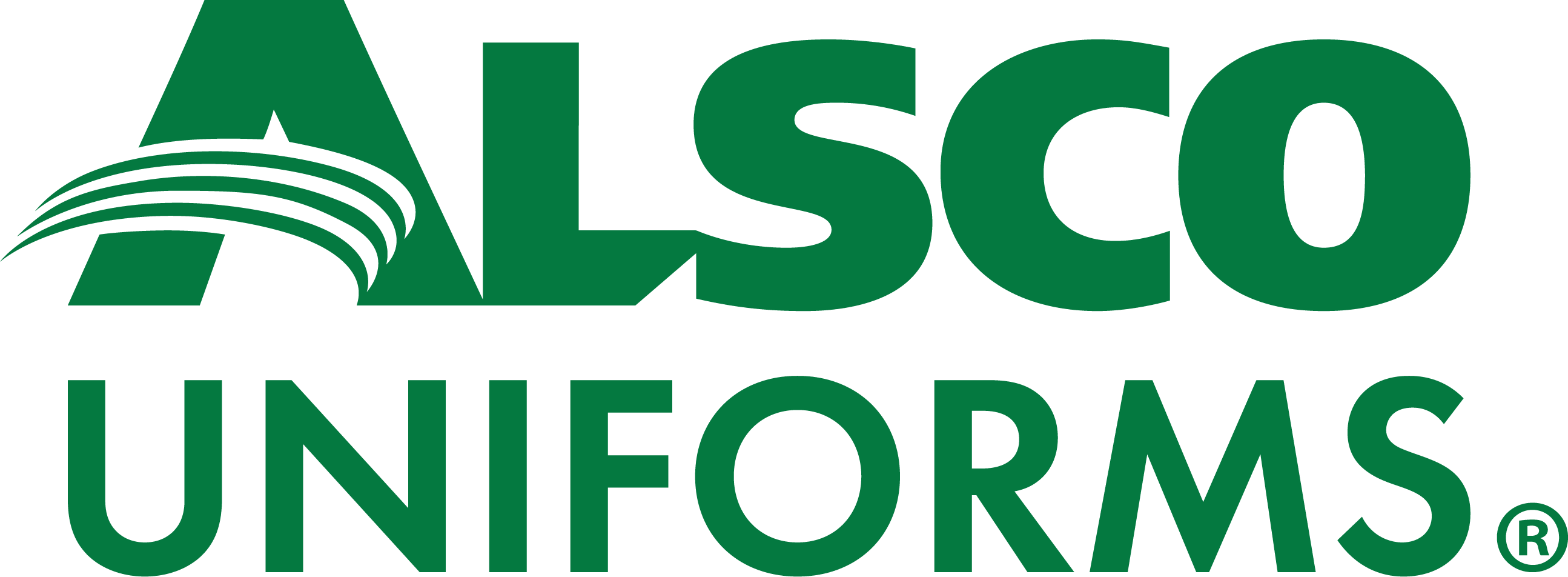
The best way to clean warehouse floors is to combine approaches, so obvious issues are addressed daily and less obvious issues are caught via a less regular but more thorough cleaning schedule. Make sure to select the right supplies and equipment for the job to prevent damage and maximize efficiency.
Warehouse Cleaning Methods
The following are a few ways to approach cleaning warehouse floors:
Daily Approach
When cleaning a warehouse, it isn’t realistic to thoroughly clean every inch of the floors every day. This would be extremely time consuming for little gain. However, this isn’t to say obvious issues should be ignored — especially if there is a potential safety or hygiene issue.
Rather, a company’s daily approach to cleaning warehouse floors should be focused on efficiency and necessity. Areas that see regular use, present the most significant health concerns (like restrooms and kitchens), or both, should be where the most time and money are spent.
Sweeping and mopping are good daily cleaning habits. Beyond these, any issue that is likely to reduce worker efficiency, endanger workers or employees or worsen the customer experience should be addressed as soon as possible — for example, spills should be immediately addressed.
Thorough Review
Periodically, warehouse floors need to be more thoroughly reviewed and cleaned. Depending on the size of a warehouse, this can be a significant undertaking, but it’s important that a space gets a thorough cleaning about once a week to catch and resolve any issues that aren’t likely to be addressed in a more standard daily cleaning. This type of review is often best combined with a maintenance review, given that it requires workers to carefully examine the space.
Debris Clearing
Many warehouses are prone to debris accumulating on the floor, such as nuts, bolts, shards of wooden pallets and similar materials. These materials can present a tripping hazard to employees and may also be a hazard to warehouse vehicles and other types of heavy equipment. It is especially dangerous if these large machines are at risk of toppling because of such debris.
However, a space may sometimes mandate a more thorough yet quick way to clear debris. Many warehouses make use of cylindrical scrubbers that can allow for larger debris to quickly be picked up, scrubbing and sweeping the floor simultaneously as they’re used.
How often a thorough clearing of debris might be necessary for a warehouse depends on what the space is being used for. A good basic rule for any cleaning plan is that any time a space is a safety or health hazard, the cleaning issue should be addressed (ideally it should be addressed before it becomes a hazard).
ROI-Focused
A mistake many companies make is assuming that the cheapest cleaning solutions provide the best ROI. In fact, what sometimes seems like an initially expensive solution, like installing a dust suppression system, can have a high ROI if it saves workers time and energy. In the case of a dust suppression system, consider the time and money a system might save over multiple years if workers no longer need to dust the area in which the machine is installed.
Cleaning Supplies for Warehouse Floors
Some cleaning supplies and equipment that a warehouse should generally be equipped with include the following:
Push Broom
A warehouse needs at least one push broom. It will often benefit from a few push brooms, allowing multiple workers to brush the floors at once. Although simple, these brooms are effective at cleaning a large floor area in a given time, allowing most small debris, dust and any other dry mess on a warehouse floor to be piled up and put into a dustpan.
It also behooves a business to equip its space with smaller brooms. Although these can sweep up less material at once, they’re more maneuverable and can get into places that a larger push broom may not be able to.
Dustpan
A dustpan is a small tray that is meant to hold swept-up mess and dump it into a garbage can. For a large space like a warehouse, it will usually benefit workers to specifically have a dustpan that doesn’t require bending down for use. Dustpans on short poles, looking in some ways similar to a standard broom but with a different end, can often make the task of dusting easier on the knees and back.
Mops & Buckets
A warehouse should have multiple sizes of mops available, along with buckets designed for professional cleaning. These buckets are often similar to small carts, capable of carrying a worker’s cleaning supplies as well as functioning as a mop bucket.
Appropriate Surface Cleaners
Any space should be equipped with surface cleaners appropriate to the surfaces in that space. For a warehouse, this often means a variety of cleaners are necessary, given that the space is likely to have tile, metal, wood, stone and potentially other types of surfaces. A single cleaner is often only appropriate for a few of these materials. In particular, wood can be damaged by some cleaners and needs to be treated with care.
How Alsco Uniforms Can Help You Manage Your Warehouse Floor Cleaning
Put simply, cleaning warehouse floors well is about planning the process of cleaning efficiently, so excessive amounts of time and money aren’t spent unnecessarily. Make sure to choose the right cleaning tools and supplies, so floor surfaces aren’t damaged or otherwise made dangerous. You may also want to check out our other article on cleaning warehouse floors if you’re interested in this topic.
If you’d like help keeping your warehouse clean, check out our services here at Alsco Uniforms. We can ensure you always have the right cleaning supplies on hand, allowing your warehouse floors to stay clear and clean. Contact us today to learn more about how we can manage the entire process for you.
References
The Best Surface Cleaners and Disinfectants. (December 2023). The New York Times.
